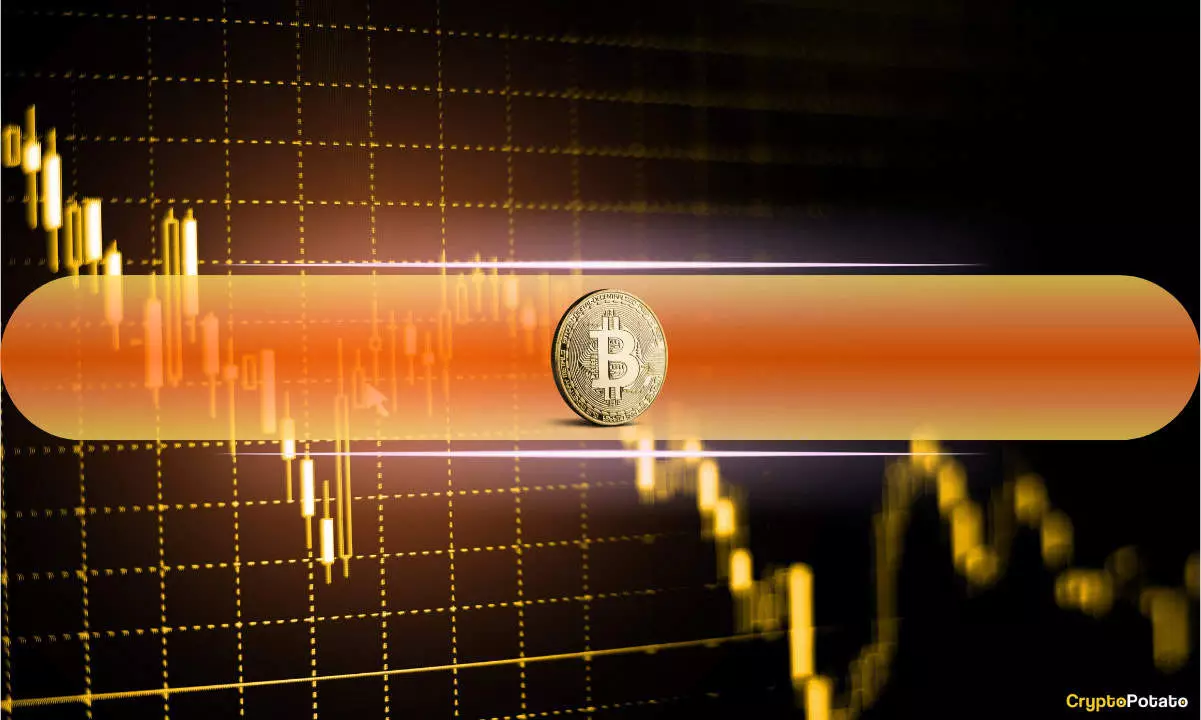The recent surge in inflation within the United States has created significant ripples across various financial markets, particularly the cryptocurrency sphere. The unexpectedly high Consumer Price Index (CPI) numbers have prompted considerable turbulence, showcasing the robust reaction of investors and traders. This article will explore the implications of these inflationary trends on Bitcoin and the broader crypto market, dissecting how external economic factors can influence trading behaviors and market dynamics.
The latest CPI report indicated that inflation rose by 0.5% on a month-over-month basis, culminating in an annual inflation rate of 3.0%, which eclipsed the anticipated 2.9%. Furthermore, the core CPI, which excludes food and energy prices, registered a monthly increase of 0.4%, also surpassing forecasts by reaching an annual rate of 3.3%. These figures signal an inflationary environment that is above expectations, thus triggering reactions not only from retail investors but also sparking significant discussions in various social media circles.
As discussions around these CPI figures surged to a 15-month high, it became evident that market sentiments were not solely shaped by the data but also by the prevailing emotions of fear and uncertainty—an environment often referred to as FUD (fear, uncertainty, and doubt). This societal anxiety has immense ramifications for the cryptocurrency market, particularly for Bitcoin, which is often viewed as a hedge against inflation.
Following the CPI data release, Bitcoin experienced a sharp decline, falling to approximately $94,000. However, showcasing the volatile nature of cryptocurrencies, it made a notable recovery, touching highs around $98,100 before stabilizing at $96,000. This sharp rebound hints at a phenomenon popularly known in trading circles as “sell the rumor, buy the news.” In this context, it appears that while initial panic led some investors to sell off their assets, others quickly recognized the long-term value proposition of Bitcoin and opted to re-enter the market.
Insights from analytics firms like Santiment indicate that seasoned investors may have already anticipated the inflation report’s results, leading to strategic buying positions even amid turmoil. This behavior emphasizes the divide between informed and uninformed investor responses, where knowledgeable stakeholders might exploit retail FUD to accumulate more assets at lower prices.
The current market dynamics present a unique opportunity for cryptocurrency ‘whales’—significant holders of Bitcoin—who may be poised to capitalize on retail panic. As small traders grapple with their fear of rising inflation and its implications, whales can take advantage by gradually increasing their positions without significantly impacting the market price. This raises questions about market manipulation and the ethical implications of trading strategies that exploit collective fear.
Moreover, the report sheds light on declining numbers of total Bitcoin holders, which may appear troubling at first glance. However, this trend could indicate a consolidation phase wherein major players are accumulating Bitcoin, preparing for what many analysts foresee as an upward surge in prices down the line as broader acceptance and legislative support grow.
The landscape for Bitcoin could further transform in light of recent legislative proposals aimed at establishing strategic Bitcoin reserve bills across various states. If these initiatives are enacted, they could lead to an influx of institutional investment, potentially pushing Bitcoin prices beyond previous records. As of now, proposals in 19 states are under consideration, with Arizona and Utah leading the charge in legislative progress.
This scenario offers a glimpse into a future where regulatory frameworks might provide additional legitimacy to Bitcoin, attracting both institutional investors and retail participants back into the fold. The combined forces of liquidity from large capital inflows and a solid long-term investor base may very well bring stability to the otherwise turbulent Bitcoin markets.
While inflation-driven volatility may pose challenges for the cryptocurrency market, there are also potential avenues for growth and recovery, particularly for Bitcoin. The overlapping dynamics of retail fear, institutional interest, and speculative trading patterns will continue to shape the future of cryptocurrencies in an inflationary economy. Understanding these forces is paramount for investors seeking to navigate the complex landscape of digital assets amidst fluctuating economic conditions. As the marketplace evolves, so too must the strategies and insights of its participants, underscoring the critical importance of adaptability in the investment world.

